Co-neg-li-ano Val-do-bia-ddene.
Say that three times fast!
This difficult to pronounce, yet easy to love, wine region is a mere half-hour drive from Venice. Its considerable charm and raw natural beauty will win you over before you know it. There are more consumers around the world drinking sparkling wines from this region than any other, yet it remains a mystery to most.
Still-wine production in Conegliano Valdobbiadene dates back centuries. In fact, robust vinification in the area was the main stimulus for establishing Italy’s first school of enology, founded in 1876. At the turn of 19th century, the figure widely regarded as the “father” of Prosecco, Federico Martinotti, adopted the secondary fermentation process and the Eugene Charmat method which facilitates the production of large quantities of sparkling wine.
The name “Prosecco” hails from the village of Prosecco, close to Trieste, where the grape is believed to have originated.
There are muiltiple designates associated with the region. Here are the important distinctions:
- Prosecco DOC, made in nine different provinces stretching from Venezia to Friuli and are crafted in the following styles: frizzante or “semi-sparkling,” spumante or “sparkling” and tranquillo or “still.”
- Prosecco Superiore DOCG, must be grown in the province of Treviso, and only in hillside vineyards. High elevations and steep hills make for challenging growing and harvesting but yield spectacular fruit.
- Cartizze, Prosecco’s crowning jewel, a 1,000 feet high elevation vineyard with 260 acres of vines is owned by 140 growers. A hectare of Cartizze land is estimated to be worth more than a million dollars, the most expensive vineyard in Italy and may even surpass that of Oakville in Napa Valley – an impressive feat.
- Rive, which is made in subzones that indicate specific fruit source, emphasizes single-origin terroir.
- Col Fondo, is an homage to the historical practice of secondary bottle fermentation with no disgorgement; leaving wines on the lees. Italian term for the sediment at the bottom of the bottle is called “fondo.”
Prosecco is mainly produced using Charmat method, in which the secondary fermentation takes place in stainless-steel tanks. Some vintners opt for the traditional method, or Metodo Classico, that entails secondary fermentation in the bottle and requires riddling.
Roughly 150 producers make over 150 million bottles of Prosecco annually. Most of the production is sold in Italy where it’s either drunk as is, or as the main ingredient of an aperitif called Spritz. On a warm summer day, you would be hard-pressed to find a single café table anywhere in Italy without the orange concoction, comprised of Prosecco, Aperol, soda and a wedge of fresh orange. In the US, it’s a key ingredient to most sparkling wine cocktails.
Typically, Prosecco is intensely fresh and aromatic, with frequent appearances of apple, pear, white stone fruit and sound salinity/minerality. It is typically low in alcohol, at 11-12%, light-bodied, with tightly wound bubbles. It is meant to be enjoyed young; although recently I was treated to a fantastic aged Prosecco, which would suggest that cellaring some finer examples is a very good idea.
Heard of the area’s “heroic farming”? Looking around some of the steepest vineyards is chill-inducing. Envision harvesting fruit at a virtually 90-degree angle, while trying to maintain your balance. Harvesters are often down on their knees. In a back-breaking effort, they painstakingly deliver boxes to the gathering point. It often takes 600-800 man-hours of physical labor to harvest a hectare, many times the national average.
Prosecco is made from a robust, highly aromatic varietal called Glera. Other varieties are allowed, up to a maximum of 15% of the total blend. They are Bianchetta, Glera Lunga, Perera, Trevigiana, Verdiso, Chardonnay, Pinot Bianco, Pinot Grigio and Pinot Nero.
Biodynamic and sustainable approach are not new to the region. Practiced for centuries, it is a staple in many vineyards. The vintners are acutely aware of nature’s delicate dance of flora and fauna, the symbiosis of all living things, in concert with the moon’s phases.
Prosecco is a place of spectacular natural beauty. It’s close to world-renown Venice and the gorgeous city of Verona. Vineyard-dotted hills or the sea – choose your pleasure and stay a while.
Dining options are world-class; showcasing the bounty of regional cuisine:
- If you are looking for a stellar dining experience, look no further than a gourmand paradise – the Michelin-star-rated Relais and Chateau Villa Abbazia La Corte Gourmet restaurant in Follina. Executive Chef Donato Episcopo is a true talent. His philosophy on food is to pursue a confluence of aesthetic, visual and intellectual stimulation. Donato utilizes high-quality local ingredients, offering a new spin on traditional dishes. There is plenty of local Prosecco on the wine list to accompany your meal.
- For the wine-savvy, try Da Gigetto Restaurant in Miane. It is a charming abode which boasts one of the best wine cellars in Italy. They serve memorable, stylish, exquisite food. The atmosphere is warm and homey with exposed wood beams, copper cookware, and several fireplaces.
- Unexpectedly mind-bending dining experiences are served up by Mezzosale a modest restaurant in the middle of a tiny town of Conegliano. Many meals in Italy are memorable and unique. However, where else would you sample a kangaroo steak? The highlight is a house-made fettuccine with local, seasonal mushrooms that practically makes one weep with joy.
- Salis is a dramatic spot in the heart of Cartizze vineyards. Sitting atop a mountain, casually offering million-dollar views, it serves up skillfully prepared seasonal fare. In case you wish to linger, there is a swimming pool on property. Nothing like having a poolside glass of tiny bubbles in the middle of Cartizze’s stunning countryside.
The area’s accommodations range from palatial to casual, each offering a unique experience:
- Ca del Poggio is a charming resort in Treviso, mere minutes away from Venice. Overlooking Prosecco hills in all their splendor, the views stretch forever. A relaxed, comfortable feel abounds. The rooms are gorgeous; complete with free-standing sunken bathtubs that beg for a glass of bubbles to be enjoyed with your favorite traveling companion.
- A different flavor altogether, Castelbrando is an impressive and imposing structure. Overlooking the charming village of Cison di Valmarino in the Treviso foothills, this striking historic hotel offers panoramic valley views. Its unique past dates to 46 A.D. The Brandolini family, who have resided in the castle for five hundred years were avid entertainers. Their heritage is honored with a theater and a salon. In addition, the hotel offers a spa, wine bar, multiple restaurants, museums and an 18th century chapel.
- Locanda Sandi is a unique spot nestled near Conegliano. With only six rooms, it is an upscale B&B that welcomes the weary visitor with an assortment of timeless comforts and their wonderful wines. The building’s restoration included materials from mansions of yesteryear, featuring unique furnishings.
- The adorable Relais Maso di Villa makes you feel as if you have stepped into a fairy-tale. The owners scoured antique stores in search of traditional accessories, and it shows in every detail of the décor. There is a flower, herb and vegetable garden, that supplies the floral arrangements for rooms (think heavenly scents). It offers an elegant, secluded pool and the general aura of an enchanting “secret garden.”
- Villa Barberina is a true gem. Owned by the charismatic and astute Primo Franco, he and his wife are the villa’s caretakers, with Primo also being involved in winemaking. His delightful daughter Silvia runs the family winery. The 18th-century villa is impressive, yet not imposing, with five glorious bedrooms which overlook the majestic grounds. Their scrumptious breakfast, made by the in-house chef, is served on the finest china.
One clearly cannot come to Prosecco and not spend quality time at the area’s wineries. Below are standouts:
Adami Winery
A truly incredible operation, oozing with passion and intent to produce the absolute best examples of the terroir possible. It dates to 1920s when the family patriarch bought the vineyard. The viticultural dye was cast and in 1933 the first vineyard designate was presented at a Siena wine show. The Adami family had never veered off course, respecting traditions, yet forging their own unique path to greatness. Modern winemaking techniques and judicious use of technology yields delicious results. Now 750,000 bottle production-strong, its offerings includes single-vineyard bottlings and Cartizze selections.
Borgoluce
A world onto itself, the bucolic town of Susegana beckons. Think farm-to-table concept multiplied many times over: a buffalo herd, farm shop, café, residences, restaurant, farm store, chestnut grove, meadows full of grazing cattle, fields of barley, corn, wheat and, of course, vineyards. They produce beer, beef, pork, flour, cheese, honey, sausage, oil, wine, bottled water, walnuts and divine buffalo mozzarella. They are truly a one-stop, gourmet’s paradise! Getting back to the roots is taken most seriously here and is reflected in everything they produce, including wine. Their pure, harmonious and deeply perfumed Proseccos DOCG are just beautiful.
Bortolomiol Winery
History meets destiny at this multi-generational operation. Founder, Giuliano Bortolomiol had a vision for Prosecco that no one even suspected at the time, the vision that had the region competing on the world fine wine stage. Always pushing for quality and honoring the land, he set the standard for future generations. They offer an extensive portfolio, covering the spectrum from a variety of Proseccos, to still reds, to grappa.
Conte Collalto Winery
This winery is owned by a prominent local family, whose roots date back over a thousand years. Surviving countless political upheavals, wars, and fluid challenges of conducting a large-scale business, this grape growing family has always been mindful of their viticultural heritage. Conte Collalto is one of the oldest and most prominent domains in the area. Isabella Collalto has inherited this family legacy, which many would have considered intimidating. Not her. She seamlessly manages a massive castle with sizable staff and 150 hectares of vineyards, giving thorough attention to everyone’s needs. Conte Collalto’s wines possess distinctive character and a strong personality all their own. Perhaps they are reminiscent of Isabella herself – her poise, strength, and infinite grace.
Gregoletto
Giovanni Gregoletto’s family history of winemaking dates back the late 16th century. An intense historical buff and author of important viticultural books as well as a passionate vigneron, he crafts a vast and intriguing portfolio of wines, from traditional semi-sparkling, metodo classicco, to still wines made from indigenous varieties.
Nino Franco Winery
They produce a great portfolio of expertly crafted wines offered in a stunning tasting room. The owners’ profound passion and dedication to their land and way of grape growing make you believe in magic. One of the oldest wineries in Valdobiaddene, it also boasts some of the regions oldest vineyards, which are clearly cherished by Primo Franco and his team.
Ruggeri Winery
Ruggeri was launched by Giustino Bisol, and makes a dozen or so of delicious wines, made from estate fruit as well as grapes sourced from over a hundred growers. Twenty-five of them have vineyards in Cartizze. In addition to Glera, they cultivate an ancient red variety called Recantina, an experimental project conducted in conjunction with the Conegliano oenological school.
Silvano Follador
Every wine region has it purists. The brother/sister team of Silvano and Alberta Follador is a rare treat, a writer’s dream, notable standouts. Silvano is a vineyardist extraordinaire, doggedly pursuing one goal – to coax every bit of splendor the land can deliver. To achieve his mission of making memorable wine, he combines biodynamics and gentle cellar practices. In contrast with others in the region, they make only one wine.
One!
What’s more, is that they boldly blend the coveted Cartizze with DOCG grapes, in search of greater equilibrium. It works. Follador Prosecco is exquisitely aromatic; it is the only Prosecco, in my memory, that presents “umami” flavor, delivering hints of renewed earth and uncommon minerality.
Villa Sandi
This is one of the most beautiful estates in Italy. Their extensive sculpture garden, laden with striking statues, will leave you breathless. The Palladian-style architecture dates to the 1600s. Owned by the Moretti Polegato family, the spectacular Palazzo serves as the winery headquarters. Their wines have won more well-deserved awards than the massive display wall in the winery’s tasting room can accommodate.
Prosecco’s core appeal lies within its versatility and variety. It isn’t trying to be everything to everyone; it is that way naturally.
Ranging from a lighter style to complex, substantive, age-worthy examples, it can be paired with virtually anything. I strongly suspect that they might serve euphoria-inducing fresh oysters paired with Cartizze at Heaven’s Gate. Having had some Proseccos that rival the world’s finest sparkling wines, I’ve concluded that, although stylistically different, they are just as multifaceted. Complexity’s measure isn’t the weight or volume; it’s about the nuance and palatal presence.
Prosecco is a modern miracle of old-school, classic winegrowing; wildly popular worldwide, yet still somehow enigmatic. From kneeling harvests to current cocktails, it’s a piece of history and tradition with a contemporary aptitude.
The region has surpassed Champagne in sales. Consumers are becoming increasingly aware of its value. Top Cartizze bottlings are every bit as worthy as bottlings from famous French houses, yet come in at a fraction of the cost.
Next time I have a hankering for a sparkling wine, I will be reaching out for Cogneliano Valdobiaddene. I’ll savor the moment; pondering how something seemingly simple can, in fact, be so complex.

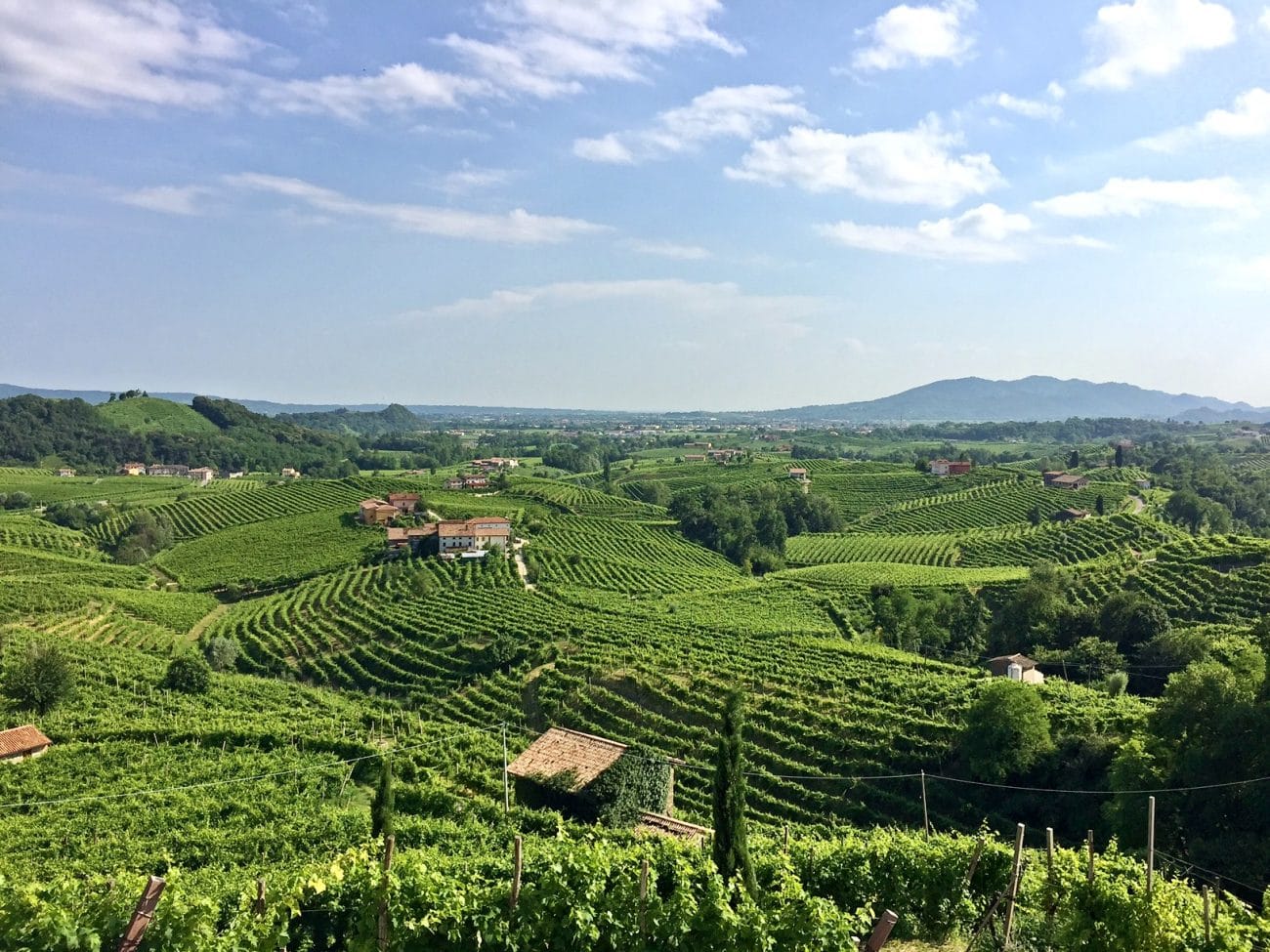
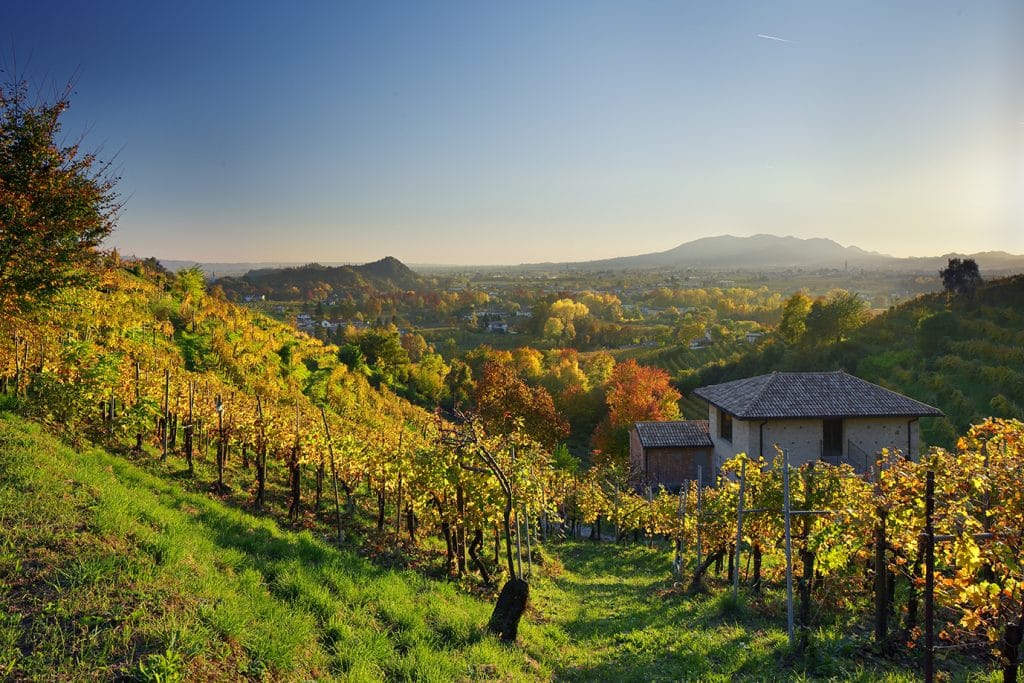
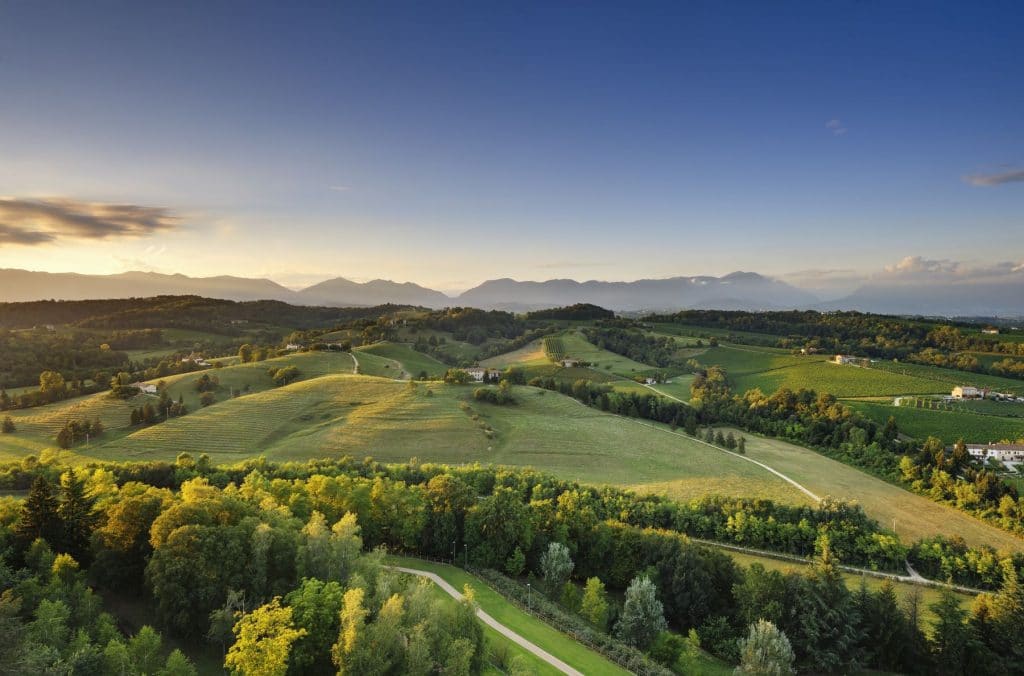
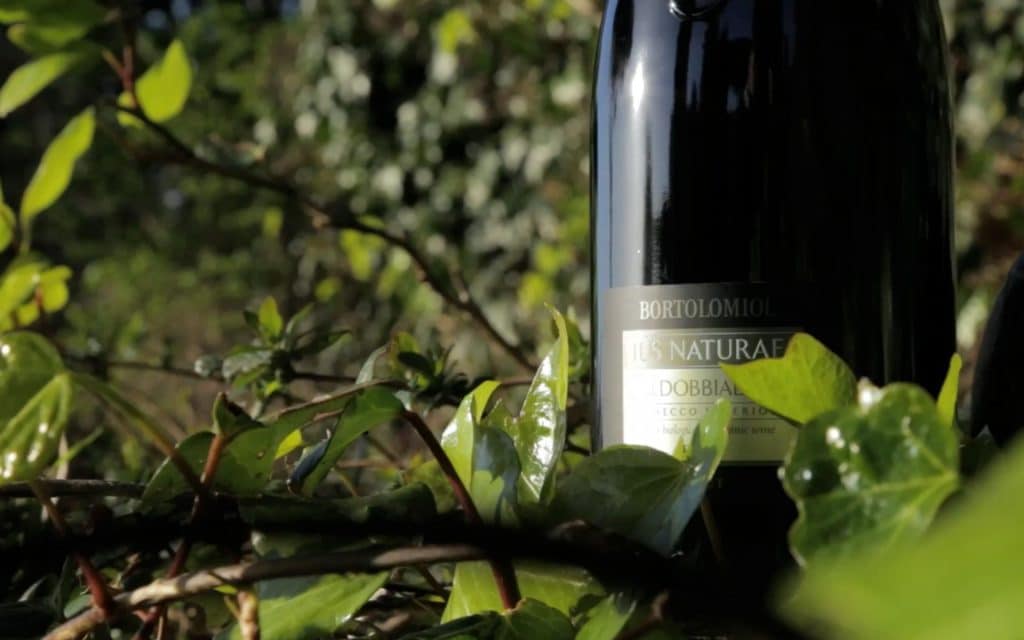



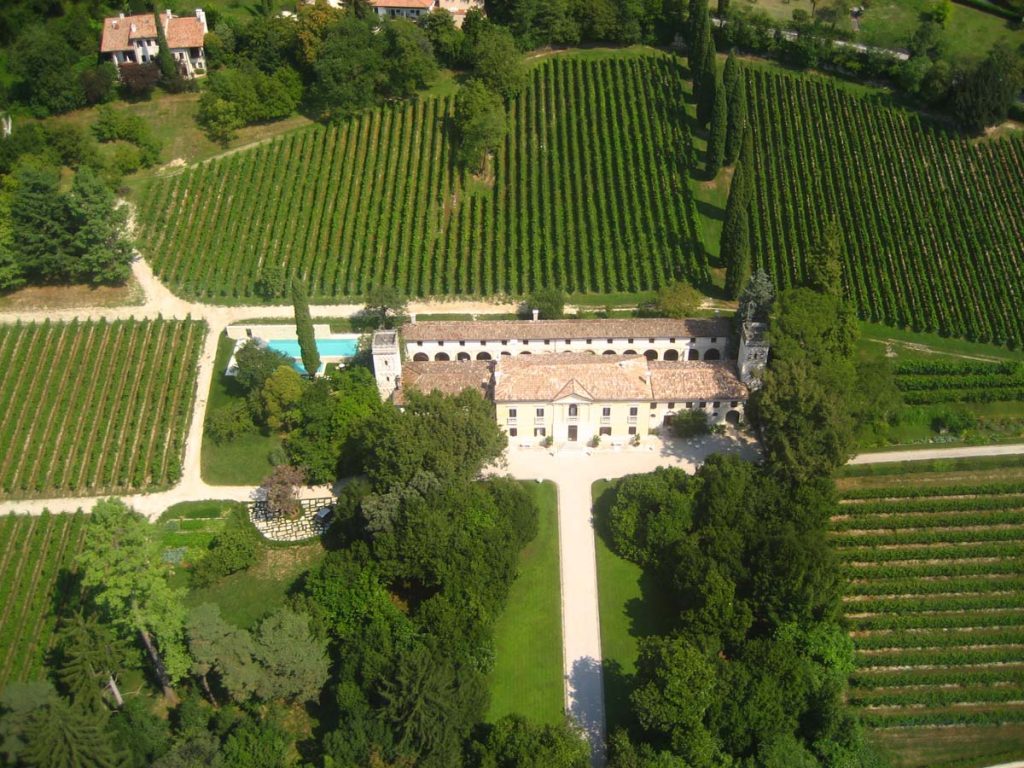


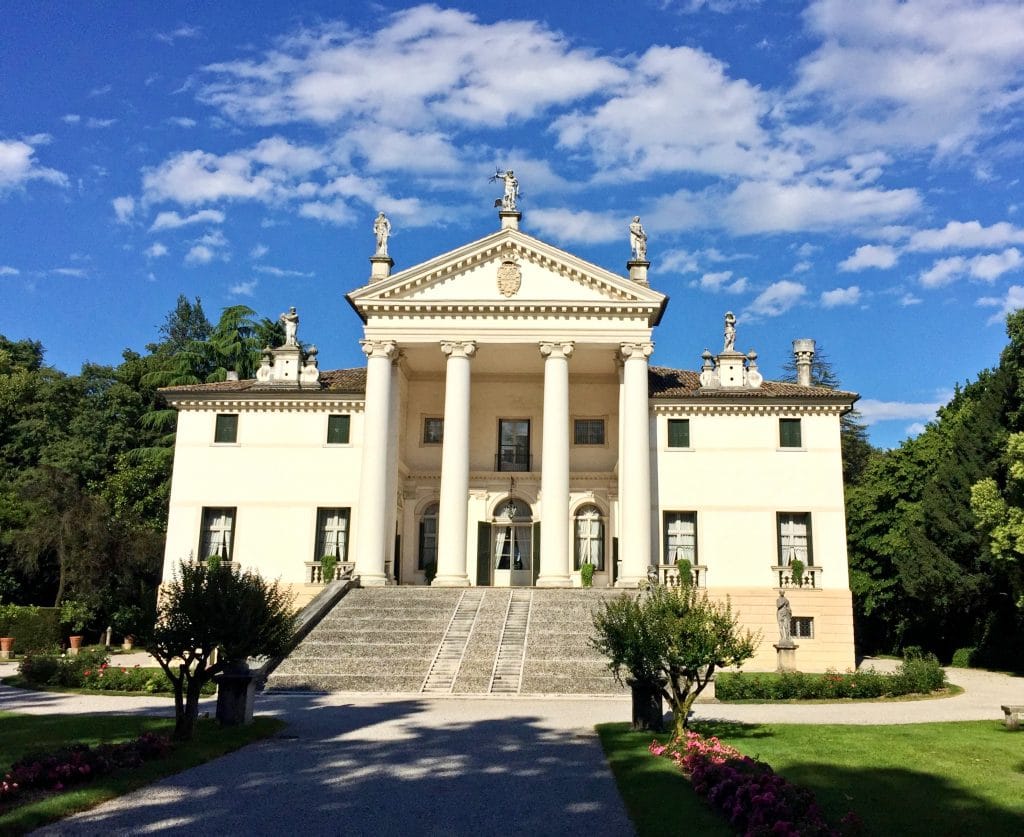
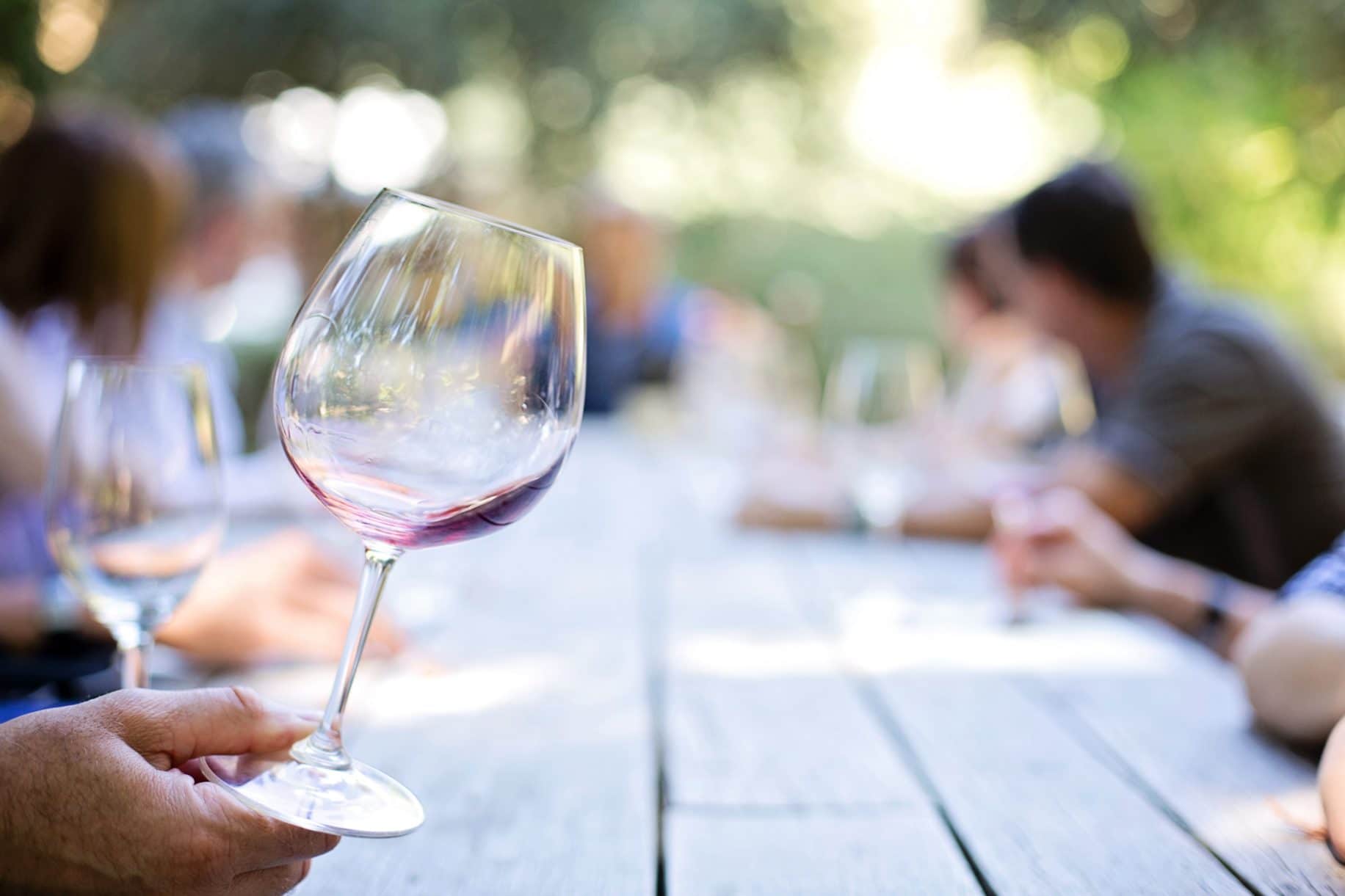

You must be logged in to post a comment.